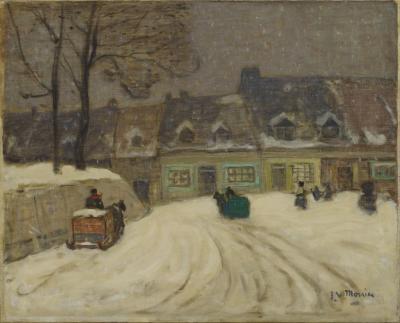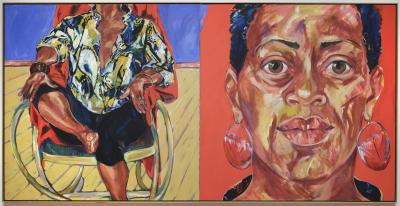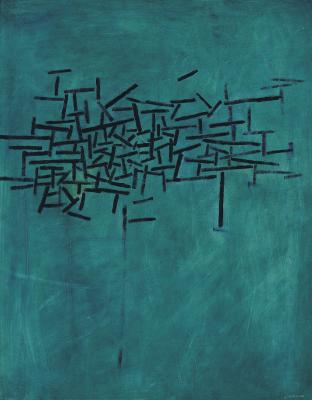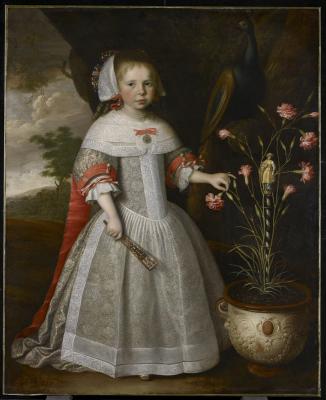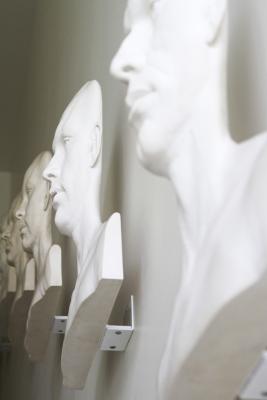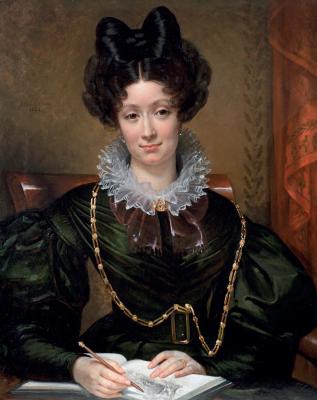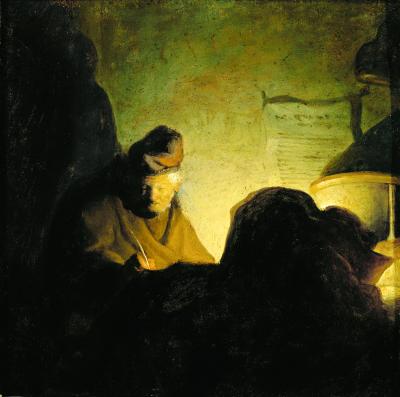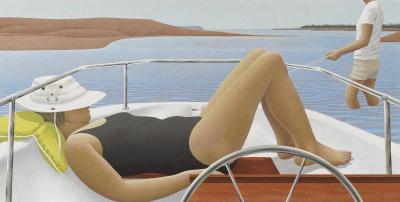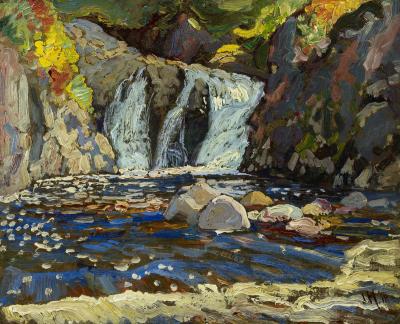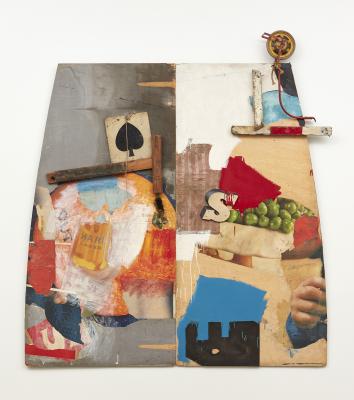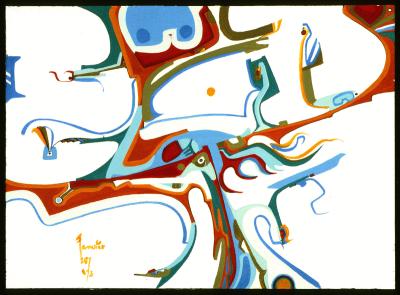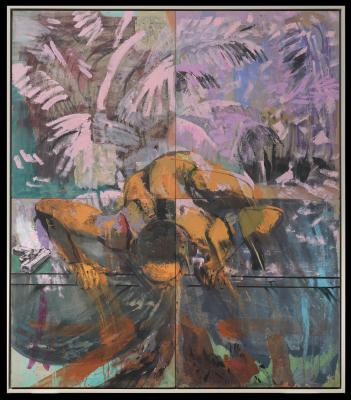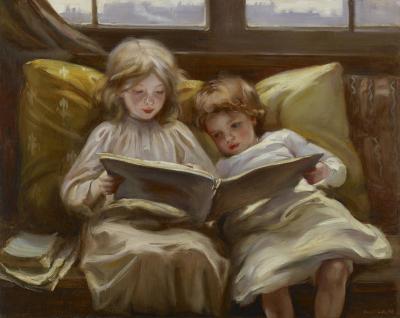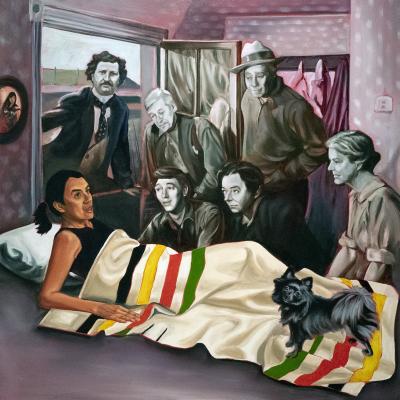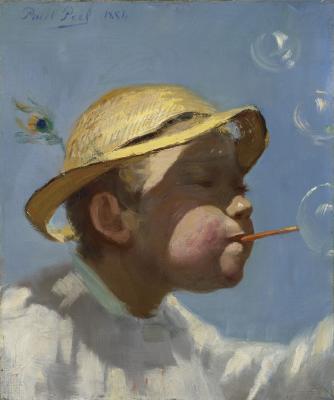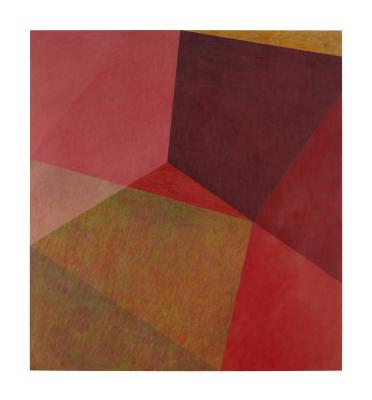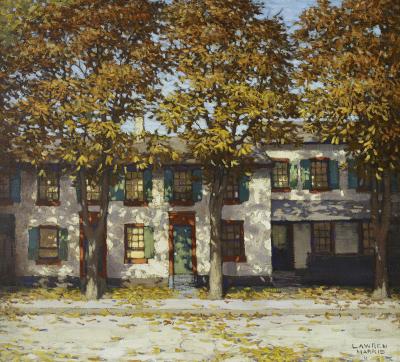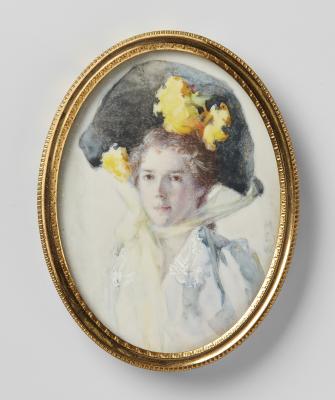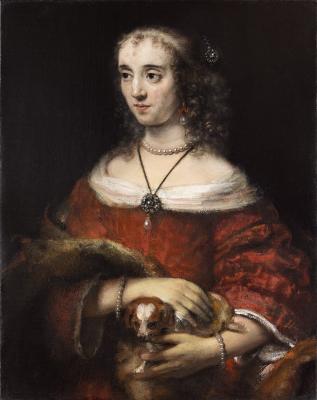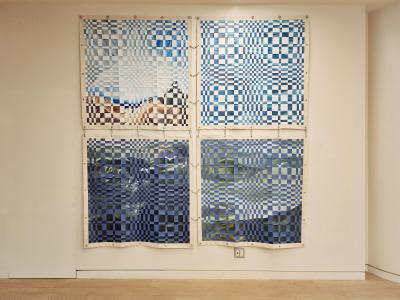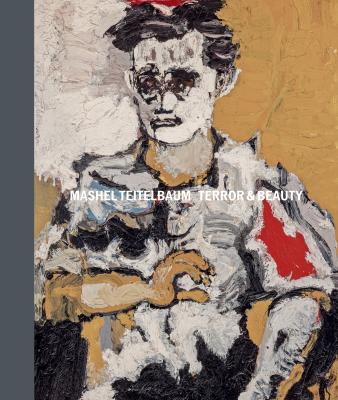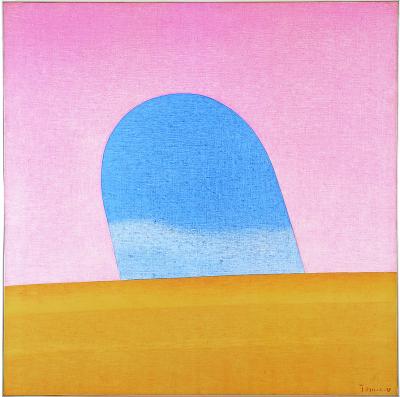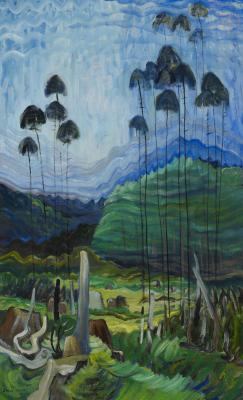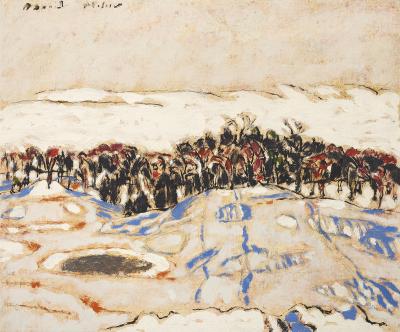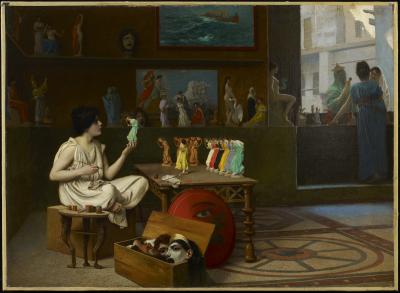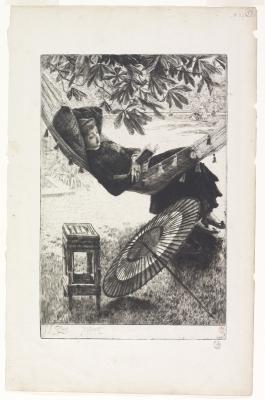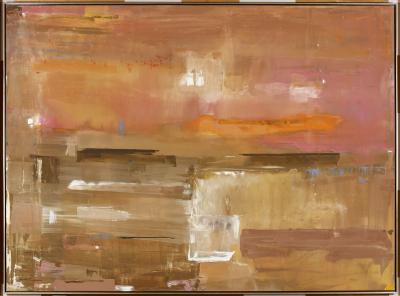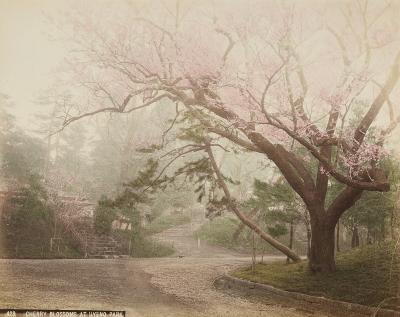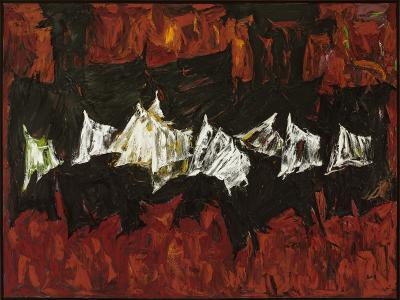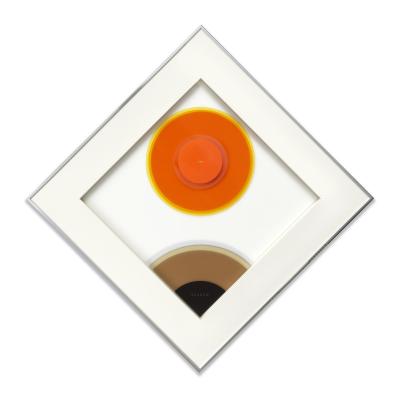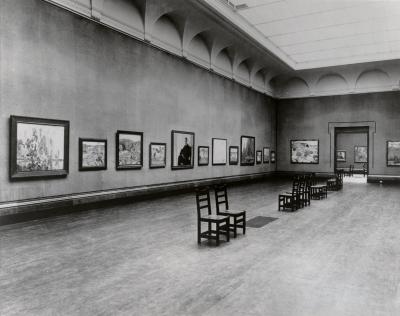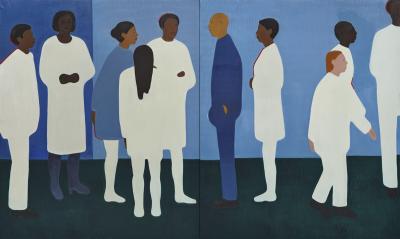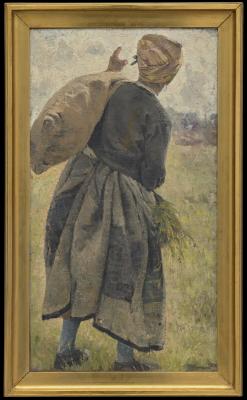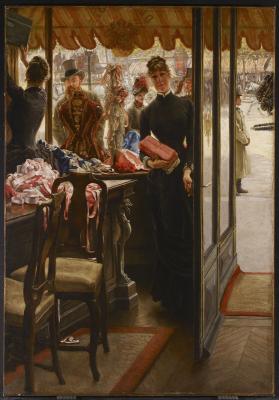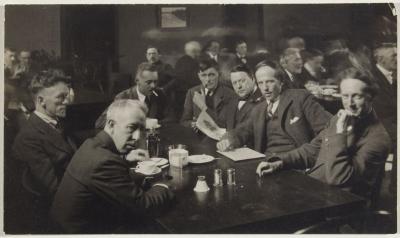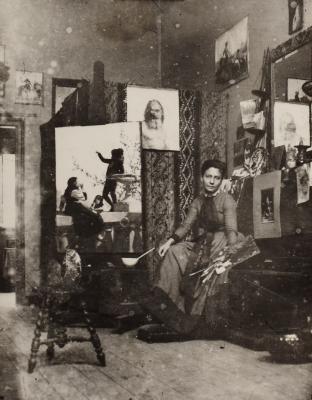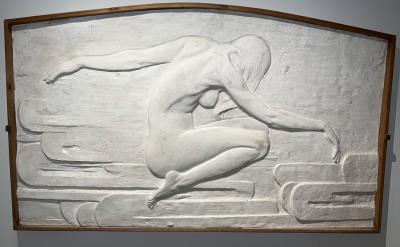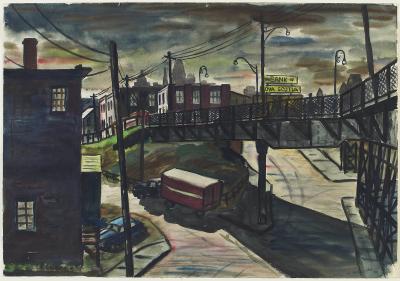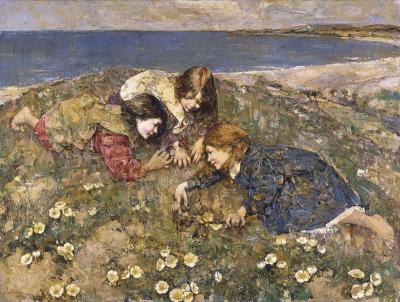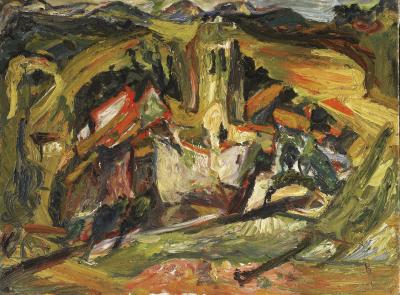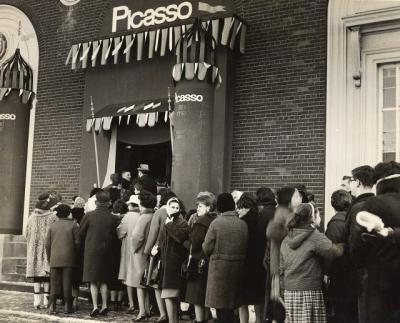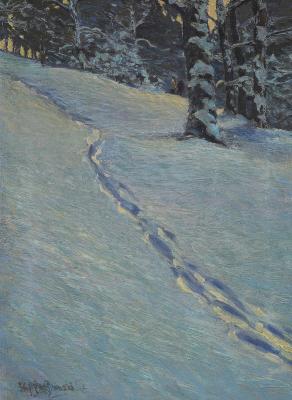
Snow Effect (Quebec)
Take a closer look at this snowy Québec City landscape painted by James Wilson Morrice in 1906
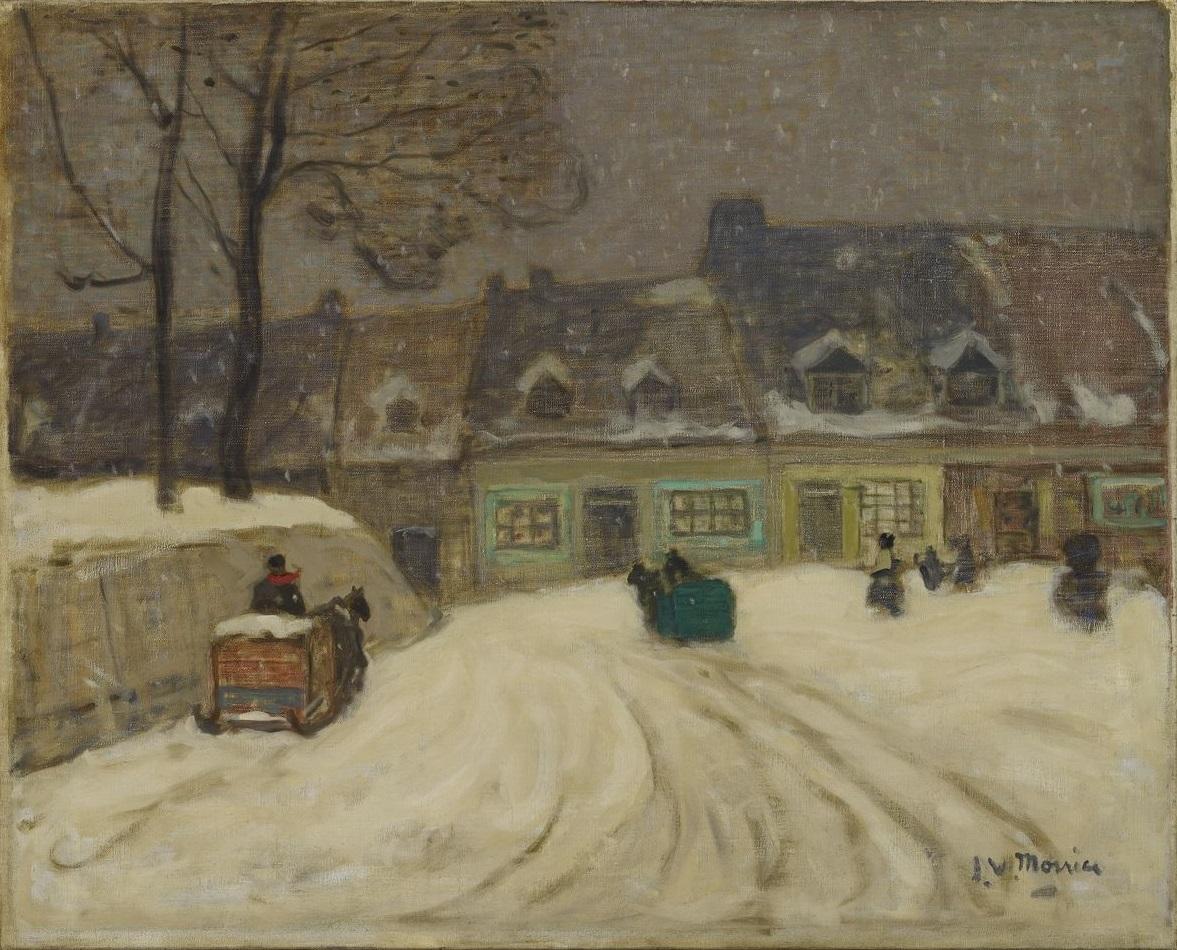
James Wilson Morrice. Snow Effects (Québec), 1905-1906. oil on canvas, Overall: 64.9 × 80.5 cm (25 9/16 × 31 11/16 in.) The Thomson Collection at the Art Gallery of Ontario. © Art Gallery of Ontario.
Of the many historic destinations across Canada, Québec City is one of the most picturesque. Over centuries of development since 1608, the city settled into two distinct sections; the basse-ville, located along the bank of the St. Lawrence River, and the haute-ville, which sits at a higher altitude with scenic views and landmarks like Le Château Frontenac. The two centres are connected by a large, steeply sloped, hairpin turn known as La Côte de la Montagne. It was at this site that painter James Wilson Morrice created Snow Effect (Quebec) (1906), while vacationing throughout the province of Québec during the Christmas holiday of 1906.
Depicting a quaint winter evening at dusk, mid snowfall, the scene of Snow Effect (Quebec) is situated from a descending viewpoint, entering La Côte de la Montagne’s large hairpin turn. A snowy roadway in the foreground, accented with dark track marks from sleighs, invites the gaze of viewers to the main focal point of the composition: a dense row of traditional houses lightly decorated from the snowfall. To the right, in front of the houses, human silhouettes suggest pedestrian movement, possibly residents of the houses. On the left of the roadway, a man sits atop a red, horse drawn sleigh; his black hat shields him from the snowfall while his red scarf blows in the wind. A second, teal coloured sleigh is further ahead and to the right of the road, painted smaller and in less detail, signifying the distance.
Rather than applying thick layers of colour as he had in many previous works, Morrice employed a new technique on Snow Effect, adding small patches of paint which he then rubbed into the canvas with a cloth, helping to give the painting’s surface a special radiance.
Born 1865 in Montreal to a wealthy family, James Wilson Morrice studied law in his late teens and early twenties before leaving school to pursue a career as a painter. In 1890, Morrice relocated to Paris, which would remain his primary residence for the rest of his life. He studied painting at the Académie Julian and created primarily landscape works inspired by his travels around Europe. Around this time, he began painting small, postcard-sized works on wood panels, called pochades, which remained a staple in his art practice for the rest of his career. Morrice was socially and professionally connected to many of the most influential artists in Europe during the late 19th and early 20th centuries, developing particularly close relationships with both Robert Henri and Maurice Prendergast. He travelled extensively, painting landscapes throughout Europe and other global destinations including Tunisia, Trinidad and Cuba. Though Paris was his permanent home, Morrice spent most winters back in Canada with family.
Snow Effect (Quebec) by James Wilson Morrice is on view now as part of the Thomson Collection of Canadian Art, on Level 2 of the AGO (gallery 219).
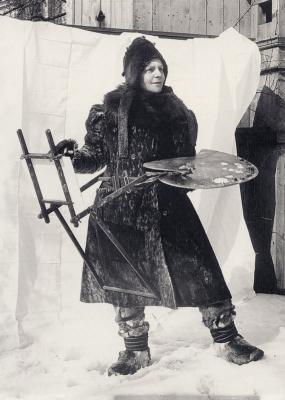
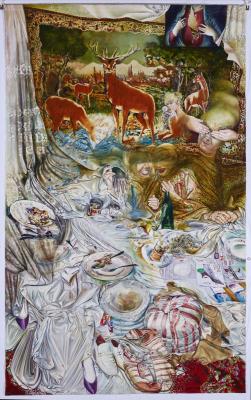
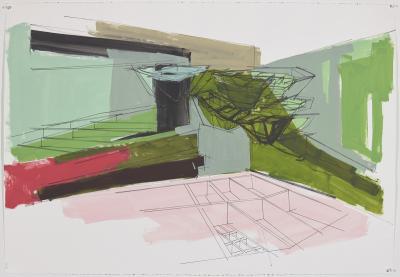

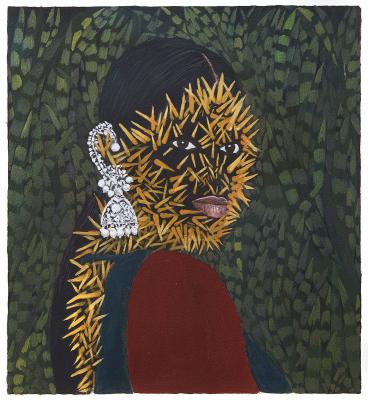

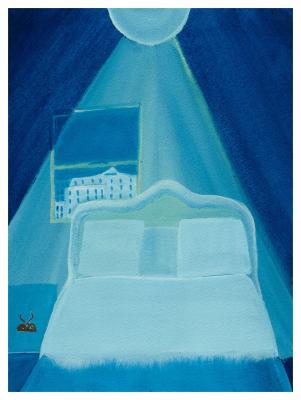
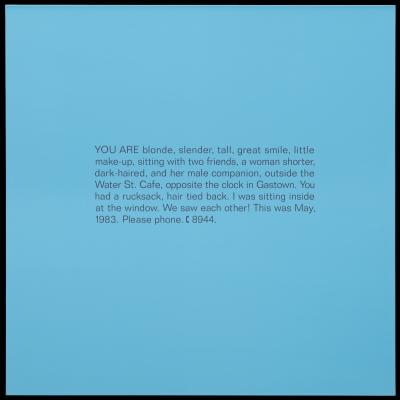
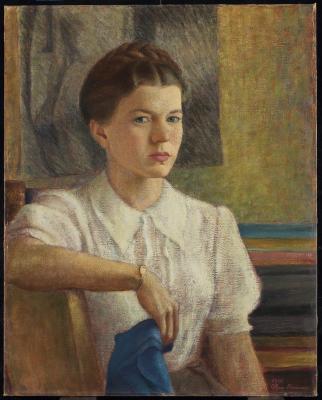
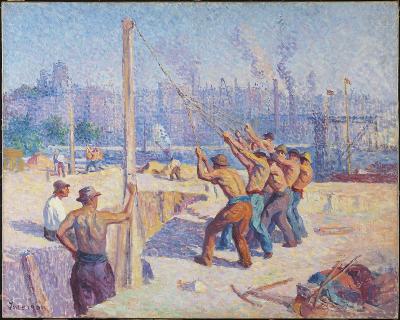
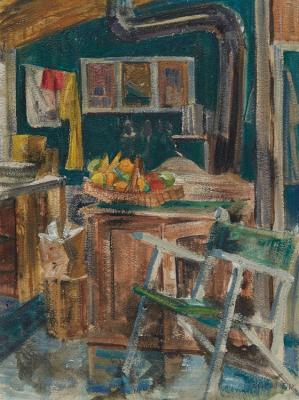
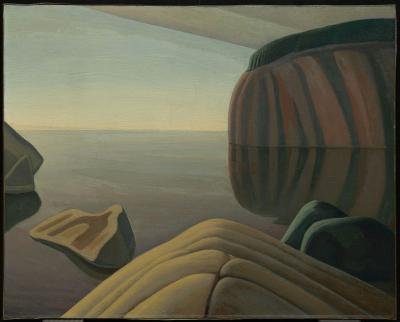
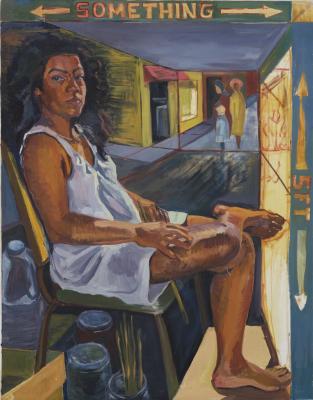
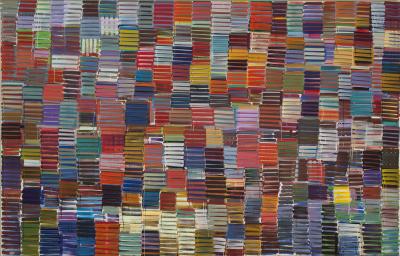


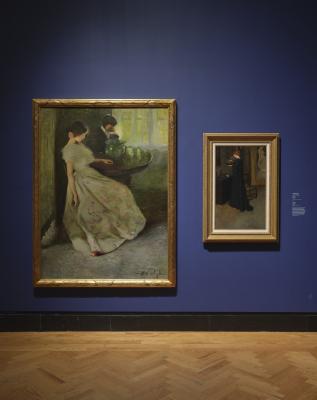
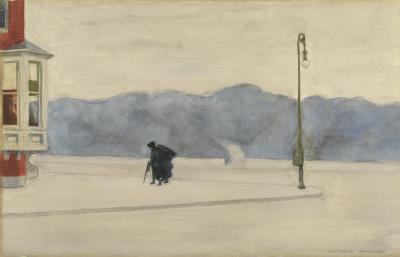
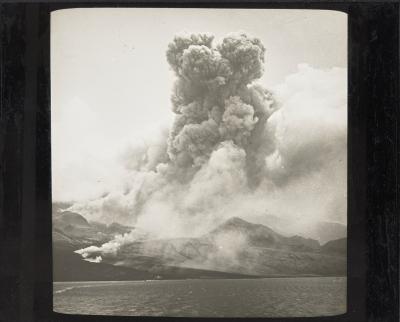
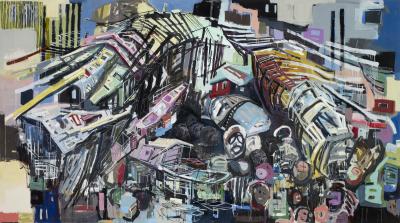
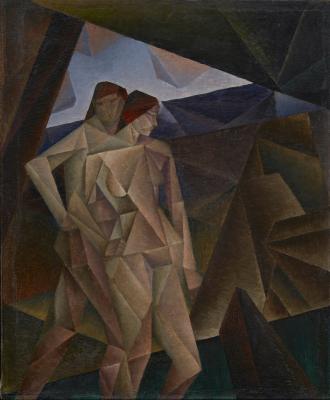
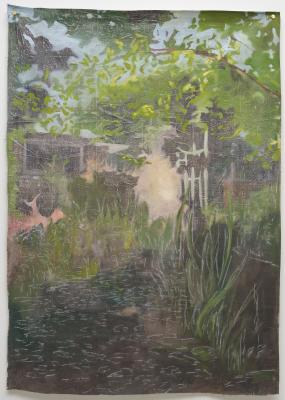
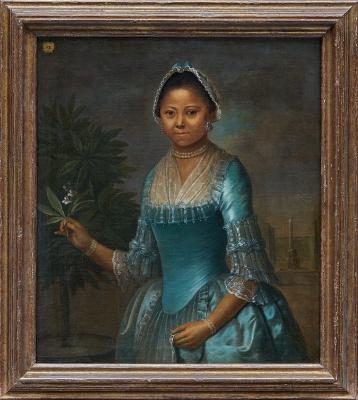

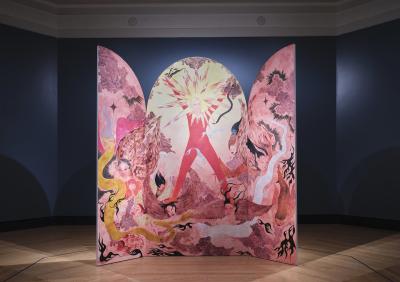
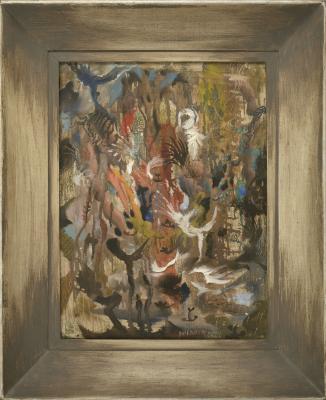
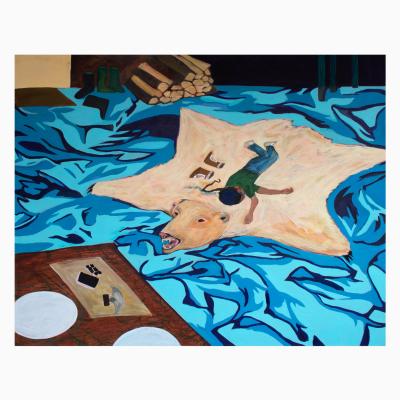
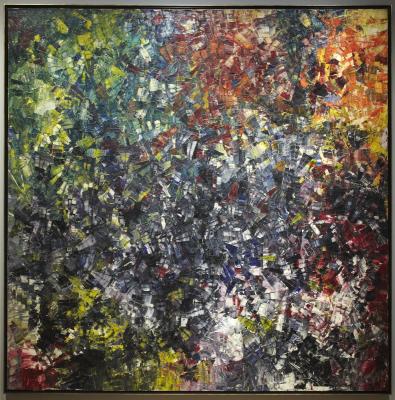
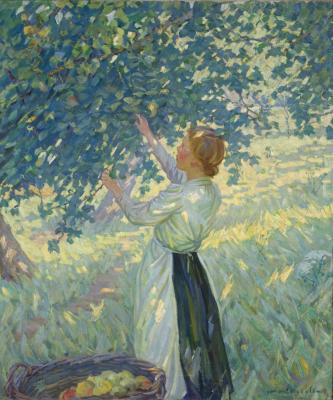
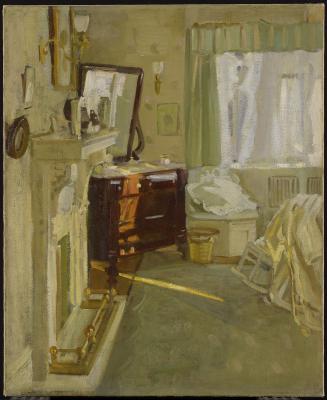


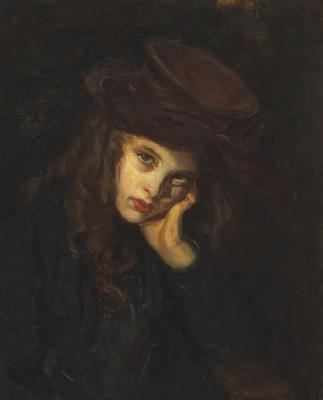
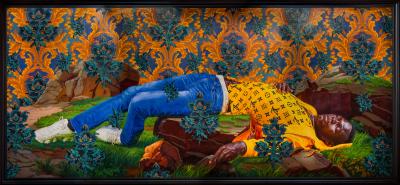

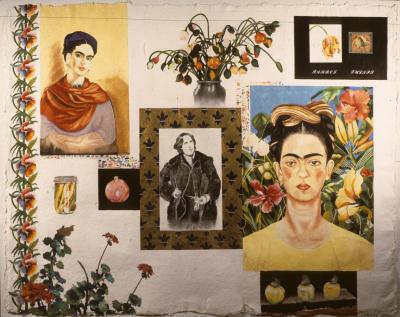
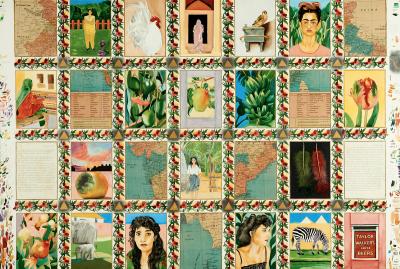
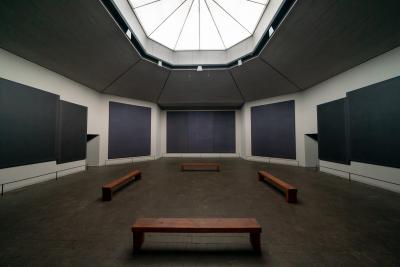
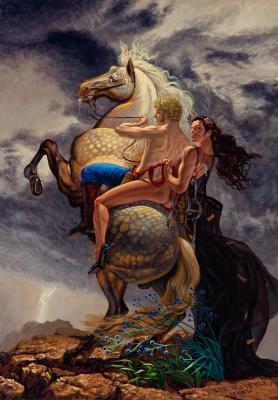
![Keith Haring in a Top Hat [Self-Portrait], (1989)](/sites/default/files/styles/image_small/public/2023-11/KHA-1626_representation_19435_original-Web%20and%20Standard%20PowerPoint.jpg?itok=MJgd2FZP)


